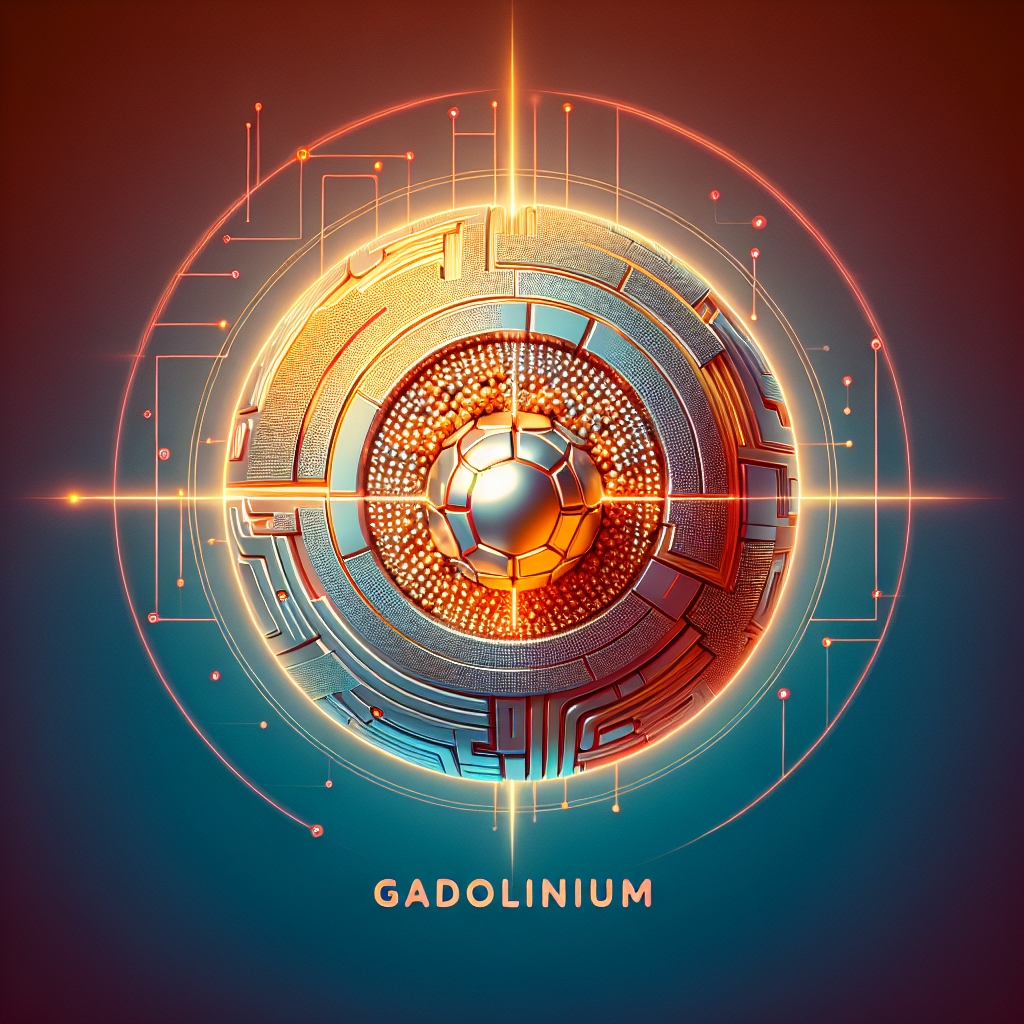Gadolinium is a rare earth metal, known for its unique properties and applications, particularly in the field of medical imaging. However, its use has raised safety concerns, especially regarding its potential effects on human health. This article delves into the world of gadolinium, exploring its different forms, uses, and the ongoing research to determine which type of gadolinium is safest for use, especially in medical applications.
The Basics of Gadolinium
Gadolinium is a chemical element with the symbol Gd and atomic number 64. It is a silvery-white, malleable, and ductile rare earth metal that is found in various minerals, including monazite and bastnäsite. Gadolinium possesses unique magnetic properties, which make it extremely useful in various technological and medical applications. One of the most notable uses of gadolinium is as a contrast agent in magnetic resonance imaging (MRI).
Gadolinium-based contrast agents (GBCAs) enhance the quality of MRI scans by improving the visibility of internal structures. This is achieved through the gadolinium ions’ ability to alter the magnetic properties of water molecules in the body, thereby enhancing the contrast between different tissues. Despite its benefits, the use of gadolinium has been linked to the development of nephrogenic systemic fibrosis (NSF) in patients with severe kidney impairment, raising concerns about its safety.
Types of Gadolinium-Based Contrast Agents
There are two main types of GBCAs: linear and macrocyclic. The difference between these two types lies in their chemical structures, which significantly impacts their stability and safety profiles.
- Linear GBCAs: These agents have an open-chain structure. They are less stable than macrocyclic agents, meaning they are more likely to release gadolinium ions into the body. Linear GBCAs have been more commonly associated with NSF, especially in patients with renal impairment.
- Macrocyclic GBCAs: These agents have a ring-like structure that tightly binds gadolinium ions, making them more stable and less likely to release gadolinium into the body. Macrocyclic GBCAs are generally considered safer, especially for patients at risk of NSF.
Research and clinical studies have consistently shown that macrocyclic GBCAs have a lower risk of causing NSF compared to linear GBCAs. As a result, macrocyclic agents are often recommended for use in patients with renal impairment or those at higher risk of developing NSF.
Ongoing Research and Future Directions
Despite the advancements in understanding the safety profiles of different GBCAs, research continues to explore even safer alternatives and methods to mitigate the risks associated with gadolinium use. One area of focus is the development of non-gadolinium-based contrast agents that can provide comparable imaging quality without the associated risks. Additionally, scientists are investigating ways to improve the stability of GBCAs further and reduce the body’s exposure to free gadolinium ions.
Another promising area of research is the potential for chelation therapy to remove residual gadolinium from the body. Chelation therapy involves the administration of agents that bind to metals, facilitating their excretion. This approach could potentially reduce the long-term accumulation of gadolinium in patients who undergo multiple MRI scans.
In conclusion, while gadolinium-based contrast agents have revolutionized medical imaging, their use is not without risks. Macrocyclic GBCAs are currently considered the safest option, especially for patients with renal impairment. However, ongoing research and development are crucial to finding even safer alternatives and mitigating the risks associated with gadolinium use. As our understanding of gadolinium’s effects on the body evolves, so too will our ability to use it safely and effectively in medical imaging.

